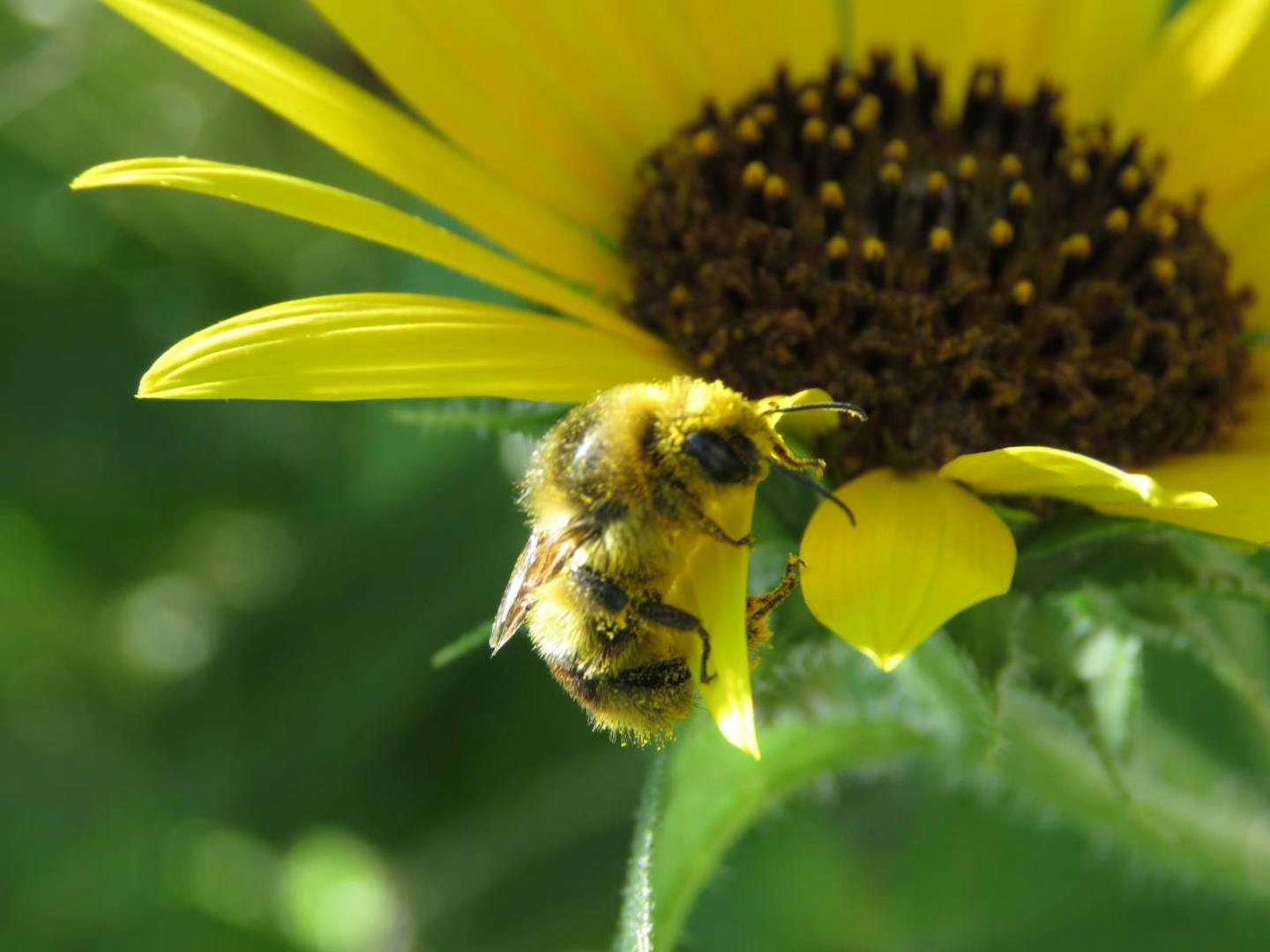How urban gardens support biodiversity by helping crucial pollinators thrive
Scientists out of the UK have previously found that urban gardens provide an abundant food supply for crucial pollinators. A study published in the Journal of Applied Ecology further promotes this claim, showing that urban gardens have even higher flora diversity than most natural habitats.
A team of researchers from the Universities of Bristol, Cardiff, and Northumbria partnered with the Royal Horticultural Society (RHS) to measure nectar production in urban areas. Gardens in the city of Bristol were surveyed between March and October of 2021.
From previous studies, it was shown that urban gardens were essential habitats for UK pollinators. Sugars from these flowering plants made up 85% of the pollinators’ nectar supply.
What was not known was how nectar production varied between individual gardens or throughout the months of the year. An understanding of garden-to-garden variation would help growers manage their gardens to best aid bees, butterflies, and other vital pollinators.
The study found that while nectar supplies peaked in July, the urban gardens provided abundant food throughout the year. It also showed that the amount of nectar produced by the gardens was not dependent upon their size.
This is optimistic news for growers who want to support critical pollinators. Whether a few potted plants on a balcony or a whole porch dedicated to blossoms, any size garden will provide a positive environmental impact that can be felt no matter the size of the garden.
The research comes at a critical time as turbulent weather, especially heat waves caused by the climate crisis, is causing bee populations and other insects to decline worldwide. Bumblebee populations have reduced by 46% in North America and 17% across Europe.
To help pollinator populations, the researchers recommend planting shrubs and daisies. Shrubs provide 58% of nectar, and daisies have such an open shape that even insects with short tongues can access their blooms.
With no two gardens alike, the most compelling find from the study was that the flora diversity from urban areas can be was higher than most natural habitats and even some nature reserves.



